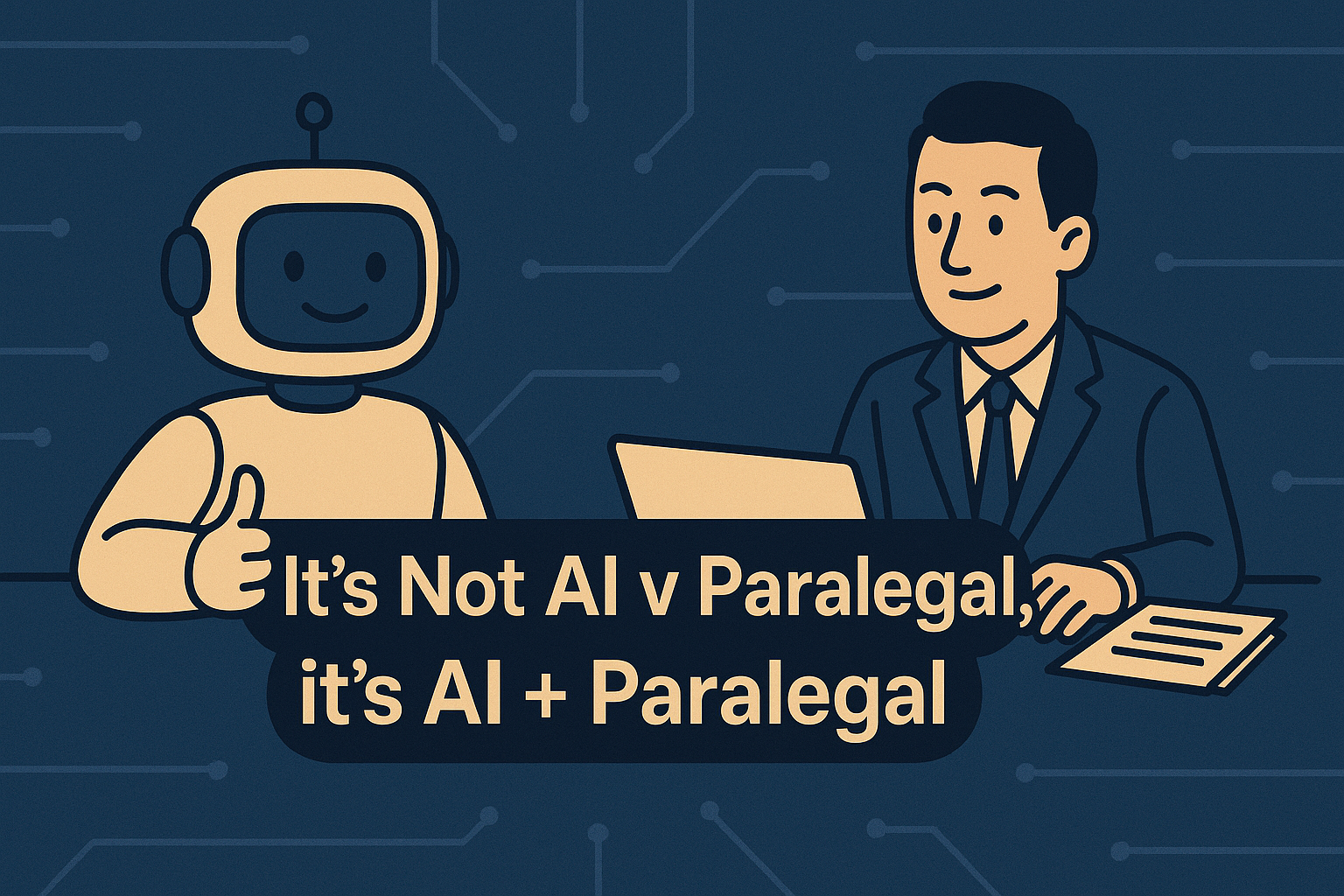AI Is Moving Fast - Legal Teams Need AI They Can Trust
Explore today’s biggest AI concerns - deepfakes, data security, and trust - and how Matey helps legal teams work faster with transparent, verifiable, court-ready AI.

AI is not replacing paralegals - it’s amplifying them. By handling repetitive tasks like document review, research, drafting, and admin, AI frees paralegals to focus on judgment, nuance, and client-facing work. The result is faster, more cost-effective legal services without sacrificing quality.
It’s not AI vs. Paralegal.
It’s AI + Paralegal.
Firms that combine human expertise with AI-driven efficiency deliver faster, smarter, and more cost-effective outcomes—while keeping clients at the center.
Will AI replace paralegals?
No. AI handles repetitive tasks, while paralegals provide judgment, strategy, and client insight.
What tasks does AI do best?
Document review, summarization, legal research, drafting first passes, and administrative workflows.
What tasks do paralegals still own?
Context-specific analysis, judgment calls, compliance checks, and client communication.
How does this partnership save money?
AI reduces hours spent on repetitive tasks, lowering costs and freeing paralegals for high-value work.
Can AI help firms scale services?
Yes. With AI managing routine workflows, firms can take on more cases without adding staff.